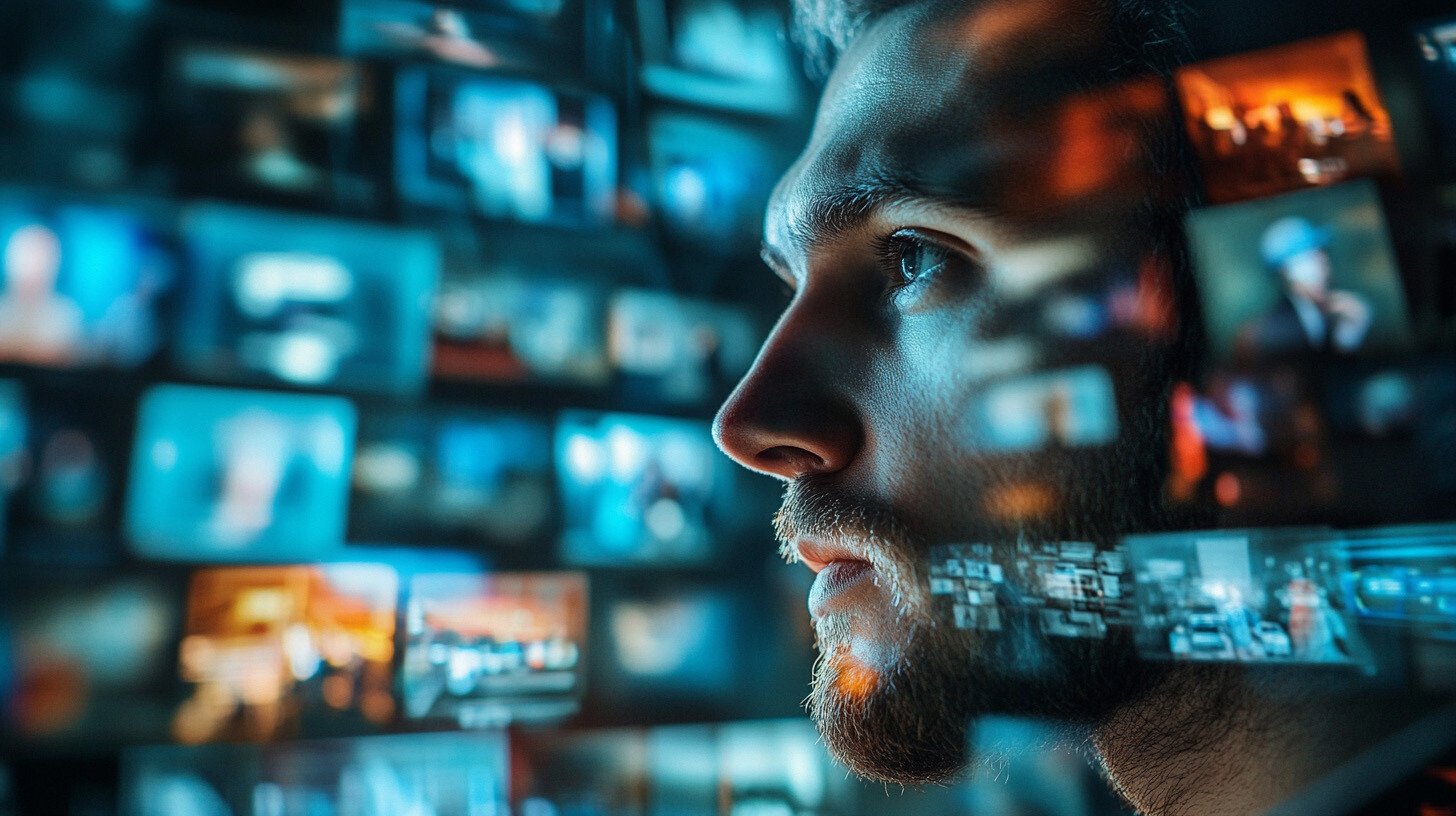3 min read
Curation is the Key to Managing Your Personal Learning Network
 Jennifer Hofmann
:
Sep 27, 2022 7:00:00 AM
Jennifer Hofmann
:
Sep 27, 2022 7:00:00 AM

 If you’re like me, you are subscribed to dozens of email lists, content newsletters, and newsfeeds about virtual training and learning and development. Additionally, you belong to professional communities of practice (COP) like the Learning Guild and the Training Magazine Network.
If you’re like me, you are subscribed to dozens of email lists, content newsletters, and newsfeeds about virtual training and learning and development. Additionally, you belong to professional communities of practice (COP) like the Learning Guild and the Training Magazine Network.
And, you probably have an email folder dedicated to all the recorded webinars you’re going to watch when you get the time. (Like THAT ever happens...)
How do we find the time to parse through all the information and make decisions about what content is relevant, timely, and, perhaps most importantly, accurate?
Do three things:
- Create (and refine) your Personal Learning Network (PLN)
- Curate your content for your own use
- Share your curated insights
1. Create (and refine) your Personal Learning Network (PLN)
You’ve probably heard about PLNs. As a matter of fact, I’m certain you already have one. It just needs to be formalized.
Here are the components of a PLN:
- The personal element of these networks requires us to make connections and grow relationships with those who have different areas of expertise. As we collaborate, we exchange insights, answer questions, and discuss the goings-on in this new learning environment.
- The learning element relates to staying on trend, and identifying and accessing key information. We’ll swap ideas and expand upon what we learned on our own.
- The network element defines the concept of a PLN. Within the network, we have an outlet for immediate outreach. We know who to turn to when a challenging or ambiguous concept arises, letting us focus on getting an answer, rather than worrying about where to start.
Now you just need to get all that information organized!
- Set aside several hours to sort through those hundreds of emails and dozens of resources you wanted to look at “one day.” Delete anything you’ve been holding onto for more than 30 days. There is too much information coming in for you to be concerned about what you have ignored for months already.
- Think about why you thought these resources were important at the time. Were they recommended by a trusted colleague? Did keywords stand out to you in the subject lines? Start to think about why you were collecting this content in the first place, but don’t take the time now to read and try to learn. It’s just too much.
- Create email rules that send these resources to a specific reading folder as they come in. And sort that folder by sender. Schedule one hour per week to review resources by sender. If you find you never read a content source, unsubscribe. Immediately.
- Look through your list of recorded webinars and look for alternatives to watching one-hour recordings. Most webinar speakers have other, more accessible, microlearning resources like articles, blogs, and infographics. These shorter items will allow you to scan for relevance and decide if the longer webinar approach to the topic is worth your time.
2. Curate your content for your own use
When we discuss curation for the learning field, we usually think about an expert commenting on content and sharing it with the field. But curation can, and should, start on a personal level.
Once you have a list of content items that seem relevant, it’s time to prove their relevance by reviewing them in depth, and capturing notes on what makes those items important to your work and your personal development.
Here’s a tip: if you can’t capture even one note on why an item is important, discard it. It won’t suddenly become important six months from now, because you won’t remember it existed.
To help organize information, use a free tool like Diigo to save and tag your online resources. For example, perhaps you’ve just read a great article on microlearning. Enter the link into Diigo, add tags for microlearning, and include a few sentences about why this article was useful for you.
As you collect more information on this topic, you will start to create a narrative about the topic, and identify content providers that resonate with you. And, when you have a need to create or discuss microlearning, for example, you will have trusted resources at hand.
3. Share your curated insights
Blended workplace learning is all about collaboration and sharing. You’ve started to connect all of the dots by collecting disparate content, organizing it, and providing thoughtful personal commentary on the value of the individual pieces.
You can now make yourself part of someone else’s PLN. Compile your curated insights and share them with your internal training team. Use social networks like Twitter, LinkedIn, and Facebook, to share individual resources, summaries of topics, and your opinion on the value of content channels.
Soon, you could be one of the resources in my inbox. I look forward to learning from you.
InSync Training's NEW Trends in Virtual Training - Expert Seminar Series is designed to help you keep up with today's most important L&D training topics, like our Hybrid is the New Blended - Designing to Meet the Needs of Today's Remote Workforce workshop. You can choose from 12 trending workshop in total for up to 12 people in your organization. Purchase 5 workshops and the 6th workshop is free! Click on the image below to learn more.

Using Personal Video to Enhance Virtual Learning: Insights & Tips
The Global Shift to Virtual Learning The rapid adoption of virtual learning, accelerated by the pandemic, has redefined the landscape of education...

InSync Releases Research on Use of Live Video in Virtual Learning
InSync Training Unveils Critical Research Report on Video Use in Virtual ClassroomsPortsmouth, NH, February 12, 2025 – InSync Training, the global...

